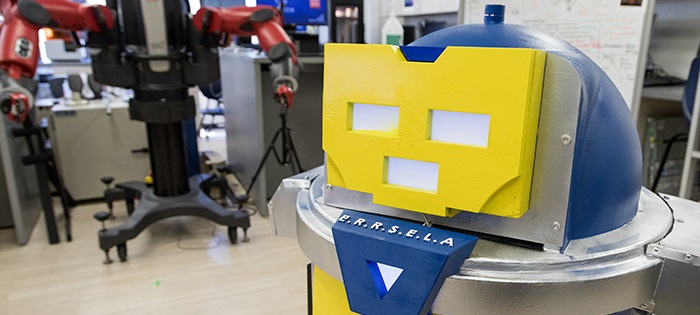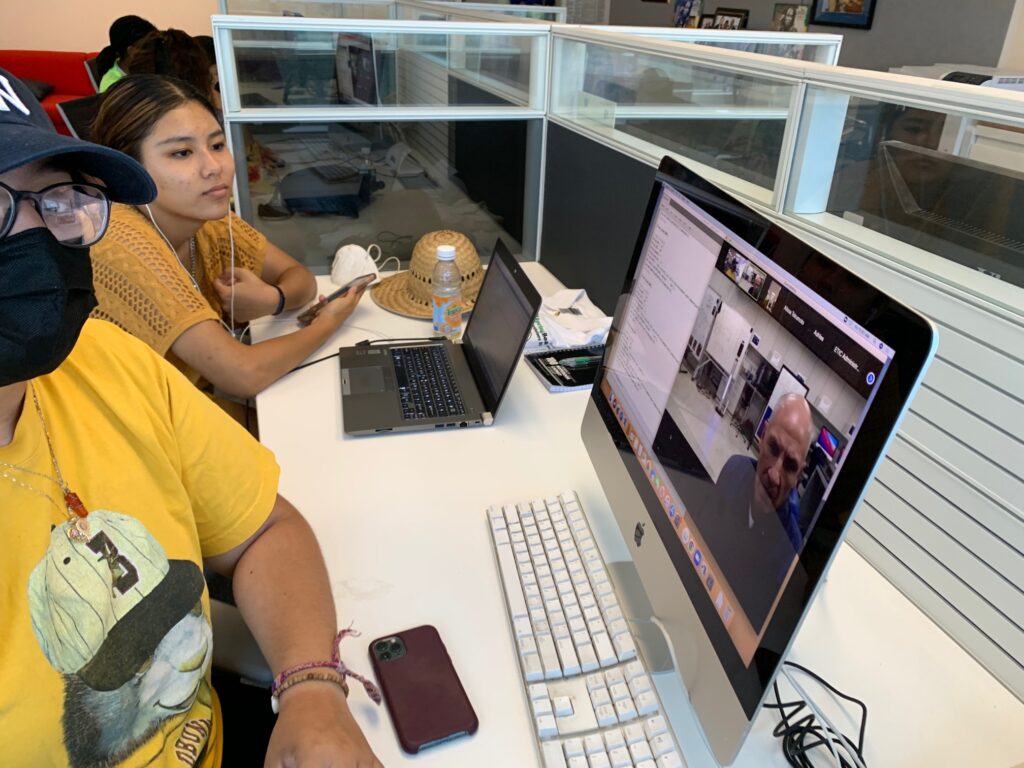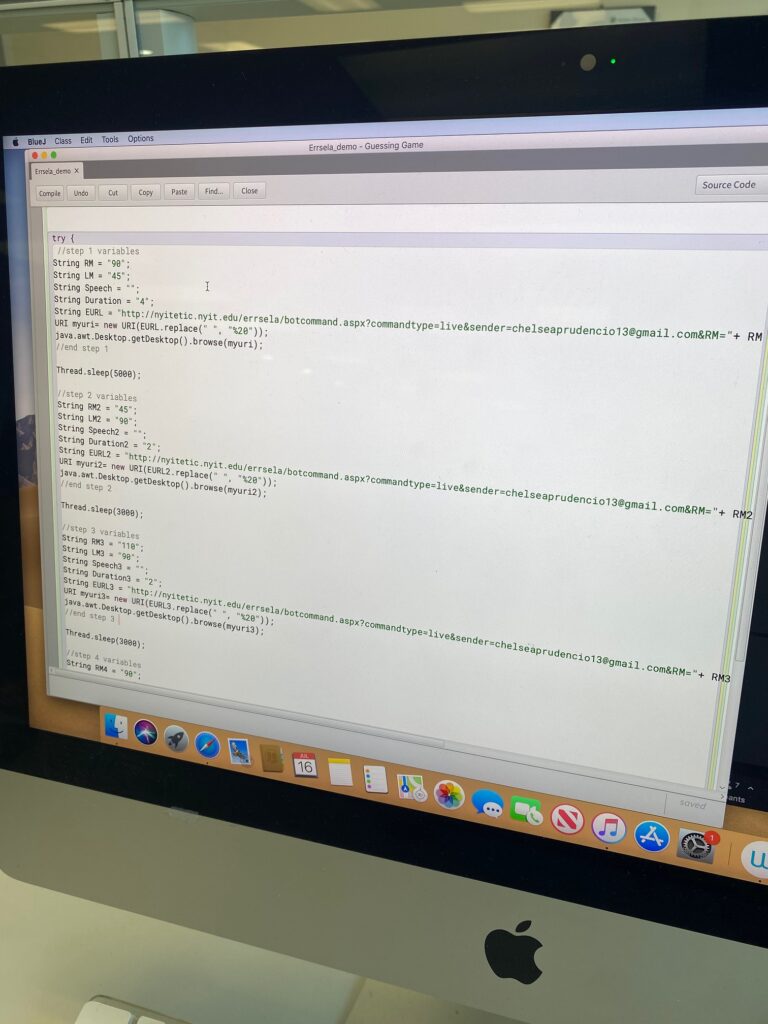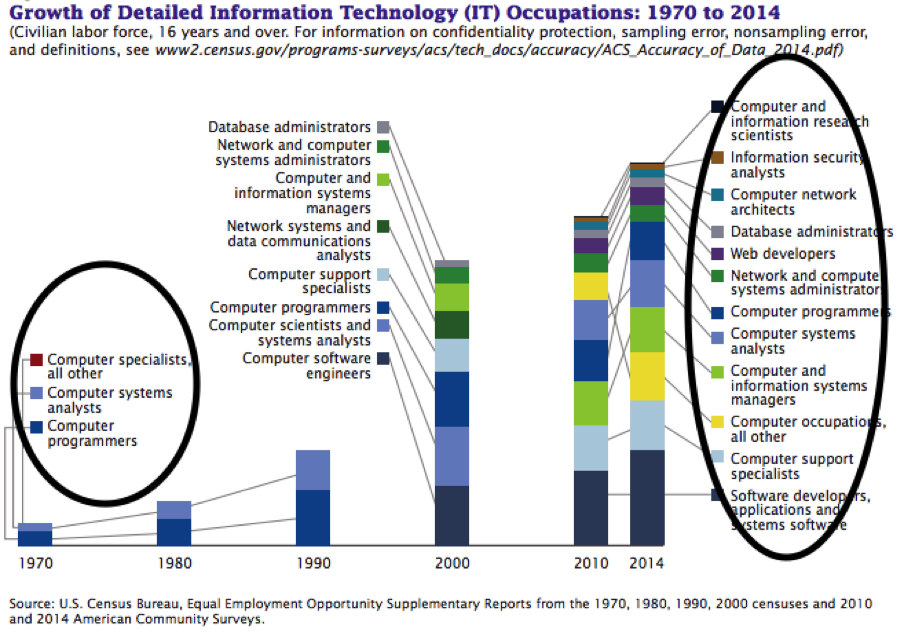SpringBoard se encuentra con el Instituto de Tecnología de Nueva York E.R.R.S.E.L.A
“Club de Computación” de las escuelas secundarias de Hempstead aprovechando al máximo su verano

Las primeras semanas de las vacaciones de verano para los adolescentes se pasan idealmente de compras, yendo a la playa y con la familia. Sin embargo, este no es el caso del “Computer Club” de Hempstead High School. El Computer Club se enfrentó al desafío de codificar la tecnología E.R.R.S.E.L.A. de el Instituto de Tecnología de Nueva York. (Robot de investigación ETIC para actividades de aprendizaje y participación de los estudiantes). A pesar de no tener experiencia en codificación, el grupo de jóvenes tuvo que afrontar la abrumadora tarea de forma remota a través de ZOOM.
E.R.R.S.E.L.A. es un robot desarrollado por el Instituto de Tecnología de Nueva York con el único propósito de desarrollar las habilidades y la disciplina para poder colaborar y participar en E.R.R.S.E.L.A. ‘ funcionalidad y diseño. Trabajando con E.R.R.S.E.L.A. el Computer Club adquirió conocimientos del mundo real sobre áreas relacionadas con la ingeniería y la ciencia de la computación.


 Since the information technology (IT) boom in the 1990’s IT workers more than doubled between 1990 and 2000. The chart below from the U.S. Census shows the growth since 1970 and the diversity of jobs that are available to IT professionals.
Since the information technology (IT) boom in the 1990’s IT workers more than doubled between 1990 and 2000. The chart below from the U.S. Census shows the growth since 1970 and the diversity of jobs that are available to IT professionals.